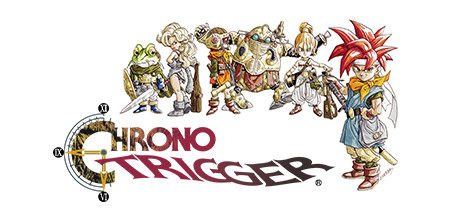Game data not found.
Little Aid is a visual novel adventure game that carves out its own niche in the world of story-driven interactive entertainment. Developed by KID, a studio renowned for crafting intricate narratives and memorable characters, Little Aid presents a compelling experience that combines a rich storyline with engaging gameplay mechanics. This article delves into the various aspects of the game, exploring its story, gameplay, graphics and sound, and its legacy in the gaming community.
Story
The narrative of Little Aid is set in a vibrant high school environment, capturing the essence of youth and the intricacies of forming relationships. At its core, the game follows the journey of Yuuki Tomoki, a high school student who becomes the center of a charming and often humorous story. The game explores themes of friendship, romance, and self-discovery, portraying the everyday life and challenges faced by students.
Little Aid is distinguished by its branching narrative structure, offering players multiple paths and endings. Each decision made by the player affects the storyline, leading to different character developments and outcomes. This non-linear approach encourages replayability as players are motivated to explore various choices and discover all possible endings.
The game’s characters are well-developed, each with their unique personalities and backgrounds. Yuuki’s interactions with his classmates, including childhood friend Akira, the mysterious and aloof Kaname, and the energetic and lively Riko, are central to the narrative. The dialogues are witty and often laced with humor, providing a light-hearted tone that balances the more serious themes of the game.
Gameplay
Little Aid adheres to the traditional visual novel format, where the primary gameplay involves reading through dialogues and making choices at key moments. However, it innovates within this framework by incorporating interactive elements that enhance player engagement.
- Choice-Based Mechanics: The game features a robust choice-based system that significantly influences the direction of the story. Players must carefully consider their decisions, as each choice can lead to different narrative branches and endings.
- Character Interactions: Interacting with different characters is crucial in Little Aid. Building relationships affects not only the storyline but also opens up new dialogue options, providing deeper insight into each character’s personality and backstory.
- Multiple Endings: With numerous possible endings, players are encouraged to replay the game to uncover all the different scenarios and outcomes. This design choice adds depth and replayability to the overall experience.
The game’s intuitive interface ensures that players can easily navigate through the story, making the experience seamless and enjoyable. The save and load features allow players to experiment with different choices without losing progress, further enhancing the game’s accessibility.
Graphics and Sound
Little Aid boasts a visually appealing art style that complements its narrative-driven gameplay. The character designs are distinctive and expressive, capturing the personalities and emotions of each character effectively. The vibrant color palette used in the game reflects the cheerful and youthful atmosphere of the high school setting.
The background art is beautifully illustrated, with attention to detail that brings the game’s setting to life. Each location, from the bustling school corridors to the serene park, is meticulously crafted, providing an immersive backdrop for the unfolding story.
On the audio front, Little Aid features a delightful soundtrack that enhances the overall experience. The music ranges from upbeat and cheerful tunes during light-hearted moments to more somber and reflective compositions during emotional scenes. The sound effects are subtle but effective, adding to the ambiance without overwhelming the player.
Legacy and Reception
Upon its release, Little Aid received positive feedback from players and critics alike for its engaging narrative and charming characters. While it didn’t achieve mainstream success, it cultivated a dedicated fanbase that appreciates its unique approach to storytelling within the visual novel genre.
The game’s legacy is marked by its influence on subsequent visual novels, particularly in its use of choice-based mechanics and character development. Little Aid is often cited as an inspiration for newer games that aim to provide players with a meaningful and interactive narrative experience.
In the years following its release, Little Aid has maintained a cult status within the visual novel community. Fans continue to celebrate its memorable characters and intricate plotlines, often revisiting the game to relive its captivating story.
Conclusion
Little Aid stands as a testament to the storytelling prowess of KID, offering a captivating and interactive experience that resonates with players. Its engaging narrative, coupled with choice-driven gameplay, ensures that each playthrough is unique and rewarding. The game’s charming graphics and evocative soundtrack further enhance its appeal, making it a memorable entry in the visual novel genre.
Though it may not have reached the heights of mainstream popularity, Little Aid’s impact on the visual novel landscape is undeniable. It paved the way for future games to explore complex narratives and character-driven stories, leaving an indelible mark on the genre. For fans of visual novels and story-rich games, Little Aid is an underrated gem that deserves recognition and appreciation.















